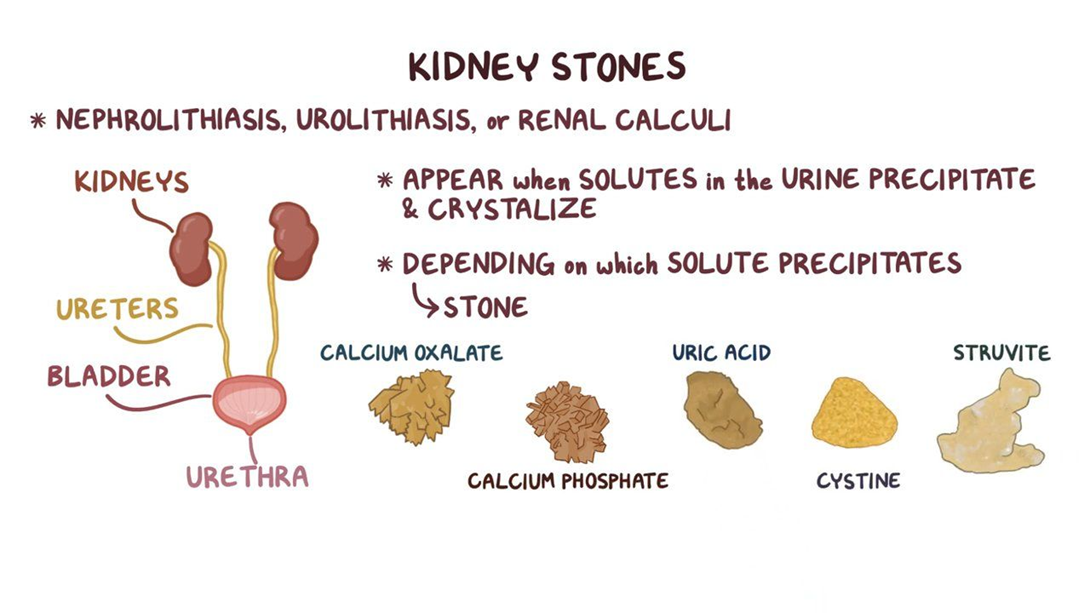The nurse is preparing to administer hydrocodone to a client admitted with urolithiasis who also has obstructive sleep apnea (OSA). Which intervention is most important for the nurse to implement before leaving the client?
Apply the client's positive airway pressure device.
Lift and lock the side rails in place.
Remove dentures, or other oral appliances.
Elevate the head of the bed to a 45-degree angle.
The Correct Answer is A
Choice A reason: Applying the client's positive airway pressure device is the most important intervention for the nurse to implement before leaving the client. It helps to prevent the collapse of the upper airway and maintain adequate ventilation and oxygenation. It also reduces the risk of respiratory depression and apnea that may be caused by the opioid analgesic.
Choice B reason: Lifting and locking the side rails in place is a safety measure for the nurse to implement before leaving the client, but not the most important one. It helps to prevent the client from falling or injuring themselves, but it does not address the client's respiratory status or the effect of the medication.
Choice C reason: Removing dentures, or other oral appliances is a comfort measure for the nurse to implement before leaving the client, but not the most important one. It helps to prevent the client from choking or aspirating on the foreign objects, but it does not improve the client's airway patency or ventilation.
Choice D reason: Elevating the head of the bed to a 45-degree angle is a supportive measure for the nurse to implement before leaving the client, but not the most important one. It helps to facilitate the client's breathing and drainage of secretions, but it does not prevent the obstruction of the airway or the respiratory depression that may occur with the opioid analgesic.

Nursing Test Bank
Naxlex Comprehensive Predictor Exams
Related Questions
Correct Answer is C
Explanation
Choice A reason: Offering a pair of non-skid socks is not the most important action to implement next. The client may already have non-skid socks on, or may not need them if they are not walking. The priority is to prevent falls and injuries when transferring the client to the chair.
Choice B reason: Placing the chair by the bed is a necessary action to implement, but not the next one. The chair should already be by the bed before the nurse raises the head of the bed and moves the client to a sitting position. The next action is to help the client stand up and move to the chair.
Choice C reason: Supporting the client when rising is the best action to implement next. The client may be weak, dizzy, or unsteady after a week of bedrest, and may need assistance to stand up and sit down. The nurse should use proper body mechanics and a transfer belt if needed to support the client.
Choice D reason: Determining how the client feels is a relevant action to implement, but not the next one. The nurse should assess the client's vital signs, comfort, and tolerance of the activity after transferring the client to the chair. The next action is to ensure the client's safety and stability.
Correct Answer is C
Explanation
Choice A reason: Reviewing the advanced directive document is not the priority action. The nurse should first intervene to clear the airway and prevent aspiration of vomitus.
Choice B reason: Elevating the head of the bed 45 degrees is a good practice, but it is not sufficient to relieve the choking. The nurse should also perform suctioning to remove the vomitus from the mouth and throat.
Choice C reason: Performing oropharyngeal suctioning is the best action as it helps to clear the airway and prevent aspiration of vomitus. The nurse should use a Yankauer suction catheter and apply intermittent suction while moving the catheter around the mouth and throat.
Choice D reason: Irrigating the nasogastric tube with water is not appropriate as it may worsen the vomiting and choking. The nurse should stop the enteral feeding and clamp the tube until the client's condition is stabilized.
Whether you are a student looking to ace your exams or a practicing nurse seeking to enhance your expertise , our nursing education contents will empower you with the confidence and competence to make a difference in the lives of patients and become a respected leader in the healthcare field.
Visit Naxlex, invest in your future and unlock endless possibilities with our unparalleled nursing education contents today
Report Wrong Answer on the Current Question
Do you disagree with the answer? If yes, what is your expected answer? Explain.
Kindly be descriptive with the issue you are facing.
